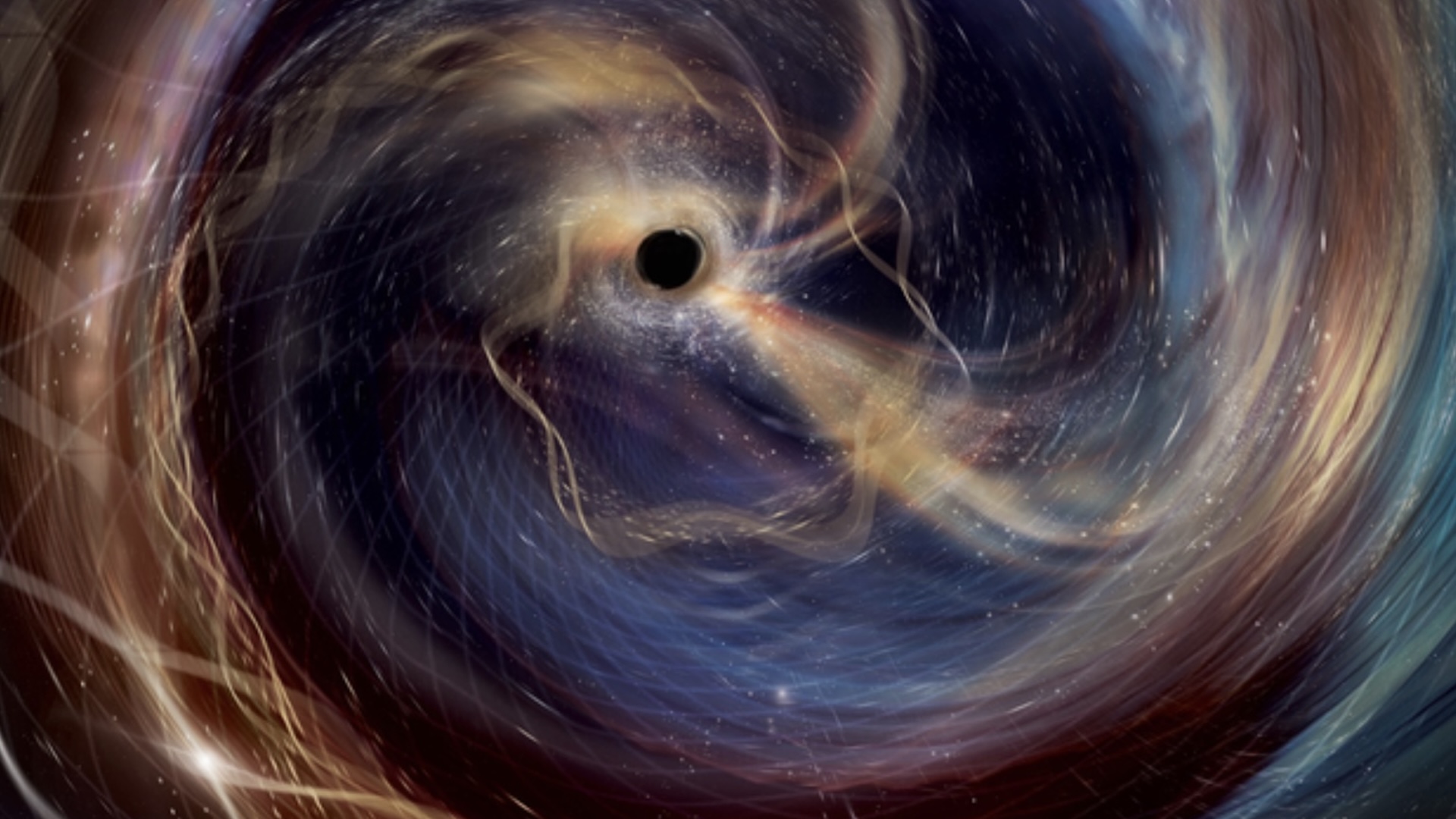Features
Latest Features
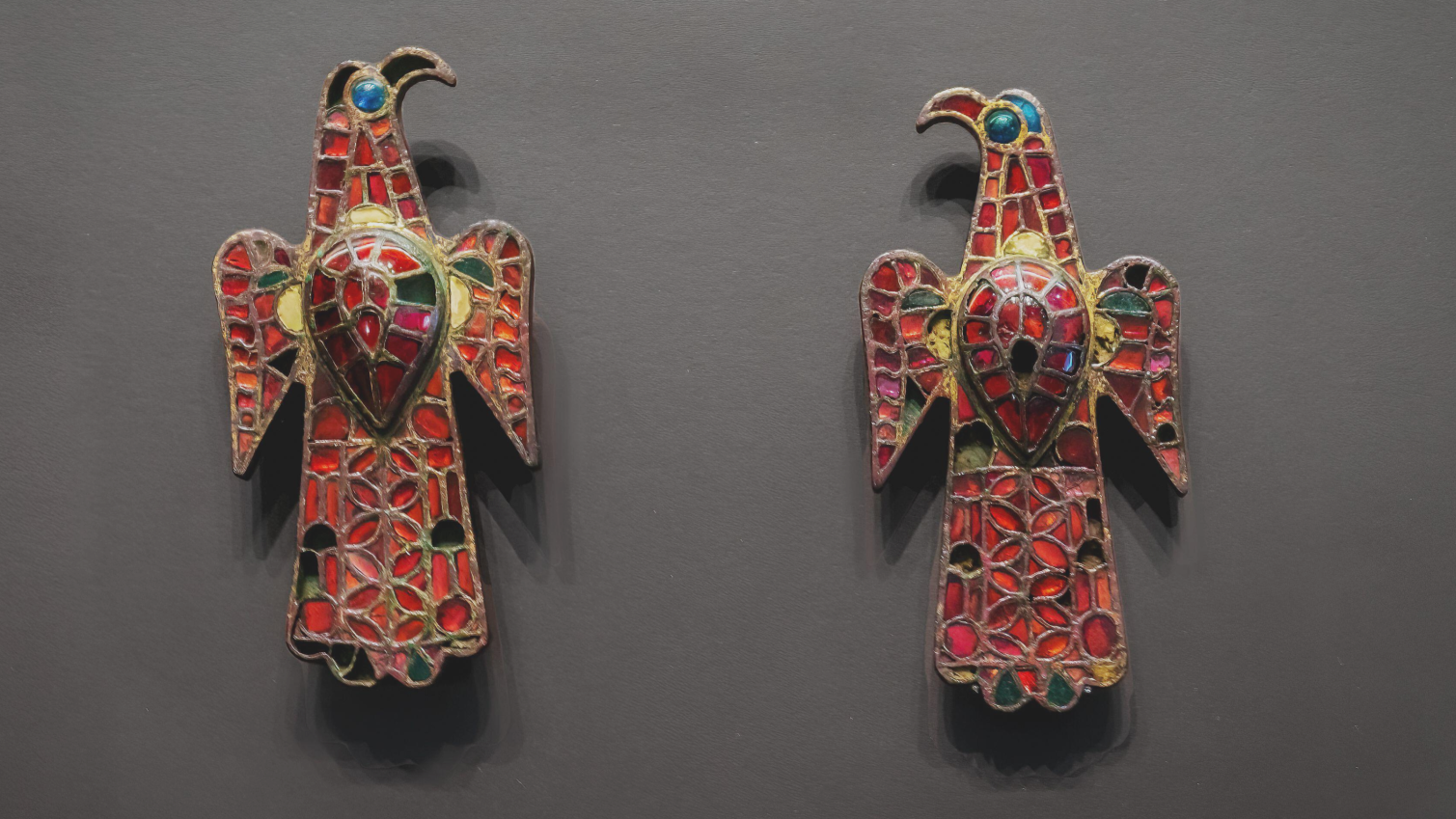
Eagle brooches: 1,500-year-old pins filled with dazzling gems and glass — and worn by powerful Visigoth women
By Kristina Killgrove published
Visigoth women may have worn eagle-shaped pins as a symbol of power.
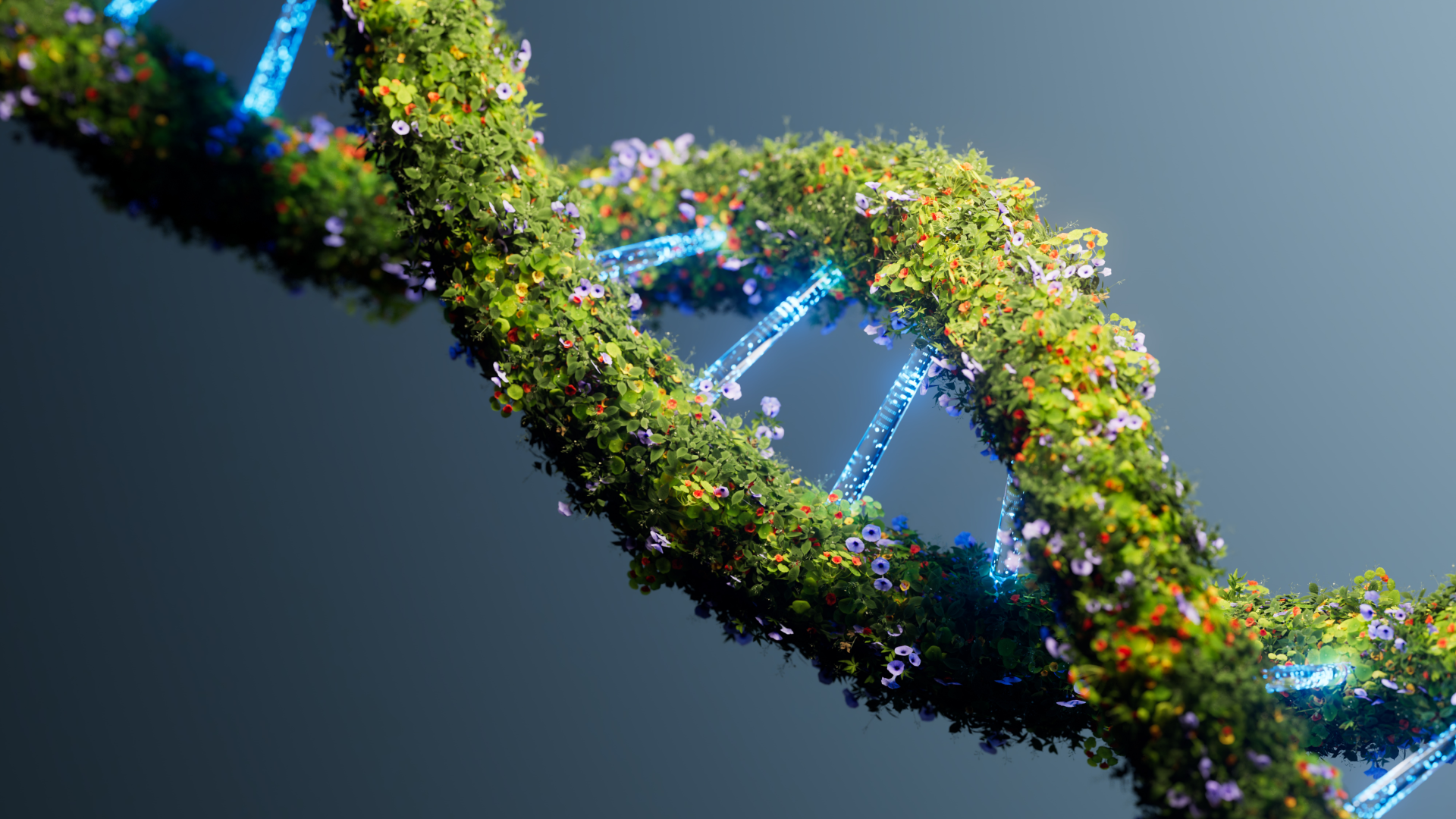
How long does DNA last?
By Kristina Killgrove published
The world's oldest DNA comes from a 2.4 million-year-old ecosystem in Greenland. Will scientists eventually sequence even older DNA?
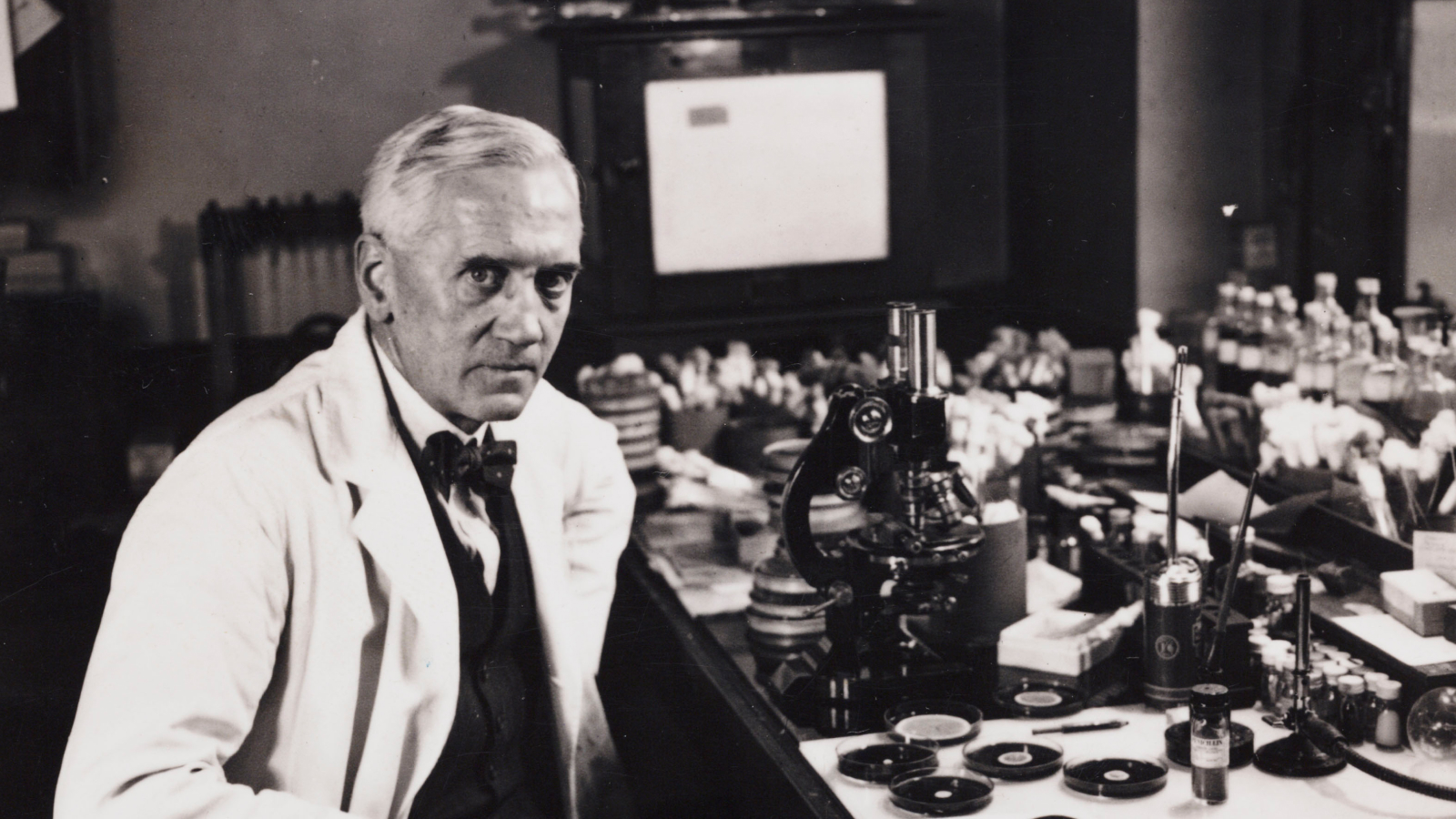
Alexander Fleming wakes up to funny mold in his petri dish, and accidentally discovers the first antibiotic — Sept. 28, 1928
By Tia Ghose published
Science history Alexander Fleming was doing experiments with bacteria when he woke up to a strange mold growing in his petri dish. The "mold juice" would usher in the first antibiotic, penicillin, and would revolutionize medical care for bacterial infections.

Do figs really have dead wasps in them?
By Marilyn Perkins published
Does every fig you eat really have a dead wasp inside?
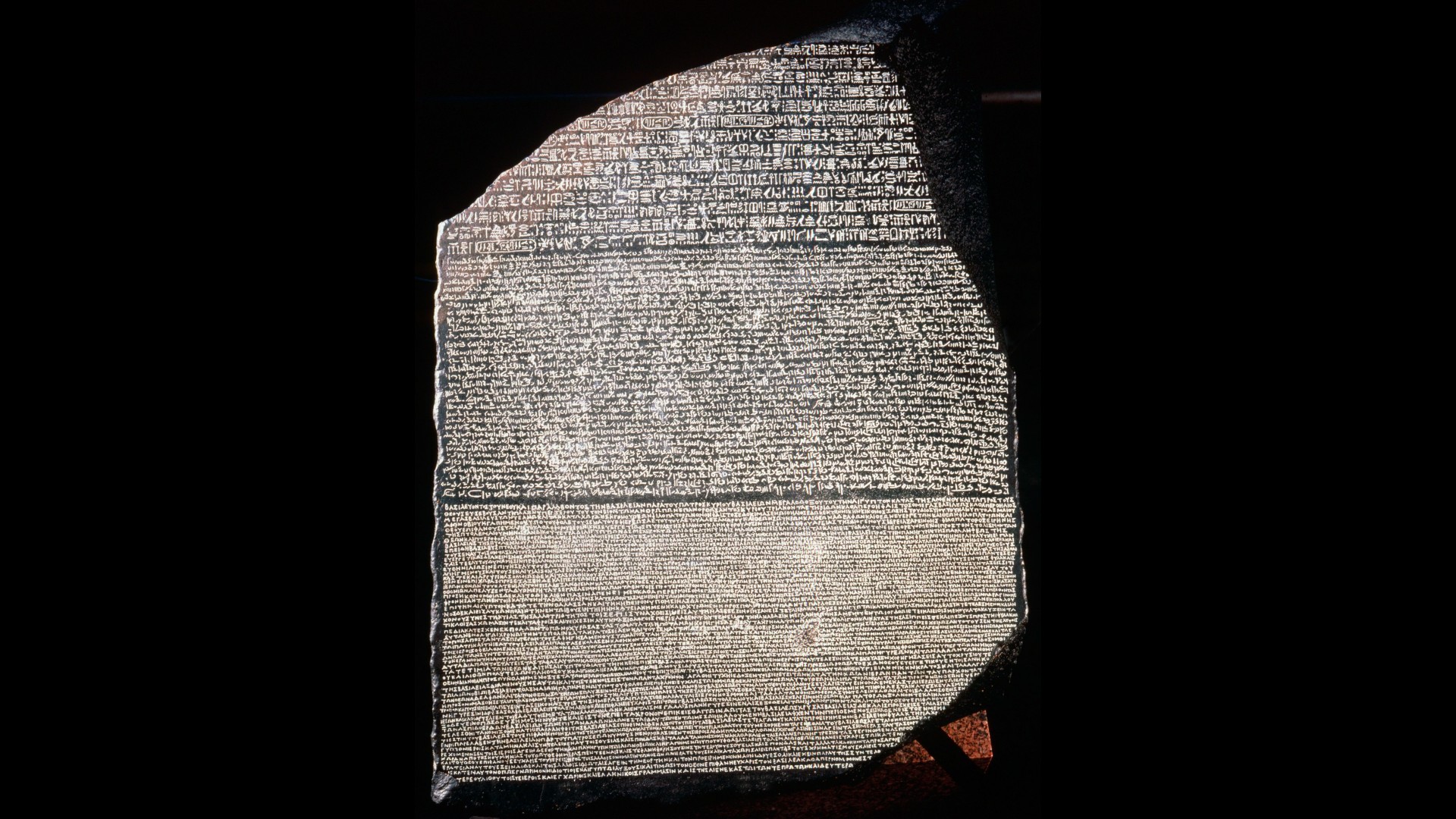
Science history: Rosetta stone is deciphered, opening a window into ancient Egyptian civilization — Sept. 27, 1822
By Tia Ghose published
On Sept. 27, 1822, French philologist Jean-François Champollion announced that he had deciphered ancient Egyptian hieroglyphics, using the Rosetta stone. This ushered in a new craze for Egyptology and helped us understand one of the world's longest-running civilizations.

Why does medicine taste bad?
By Victoria Atkinson published
Medicines help us recover from illness, but sometimes they taste gross. Why is that?

Scientists are unraveling the link between pollution and psoriasis
By Sanket Jain published
Researchers are uncovering how air pollution can trigger and worsen psoriasis, a chronic skin disease affecting millions worldwide.
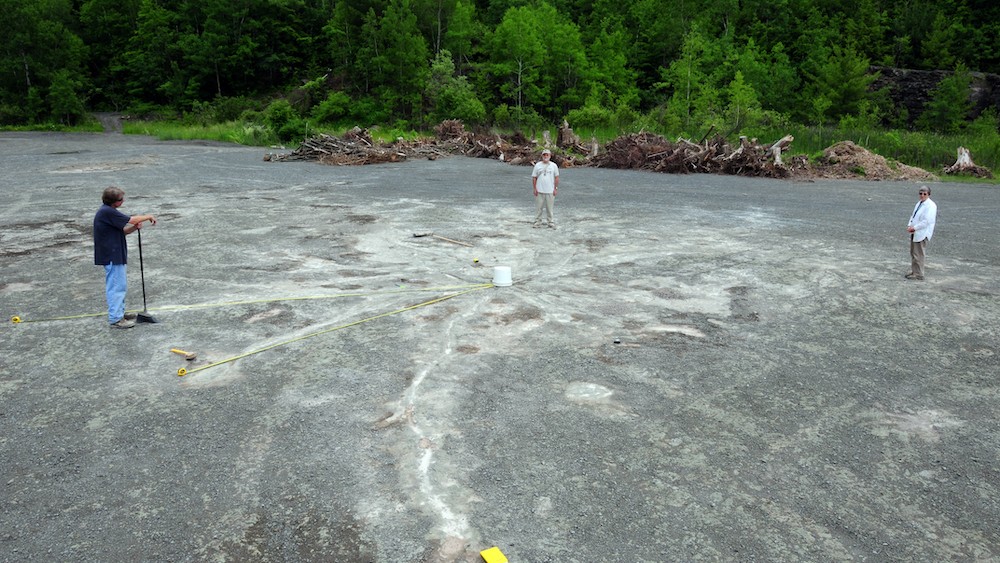
Cairo Fossil Forest: The oldest forest in North America with 385 million-year-old trees
By Sascha Pare published
The Cairo Fossil Forest is the second oldest in the world. These forests mark a turning point in Earth's history because they changed the composition of the atmosphere, scientists say.
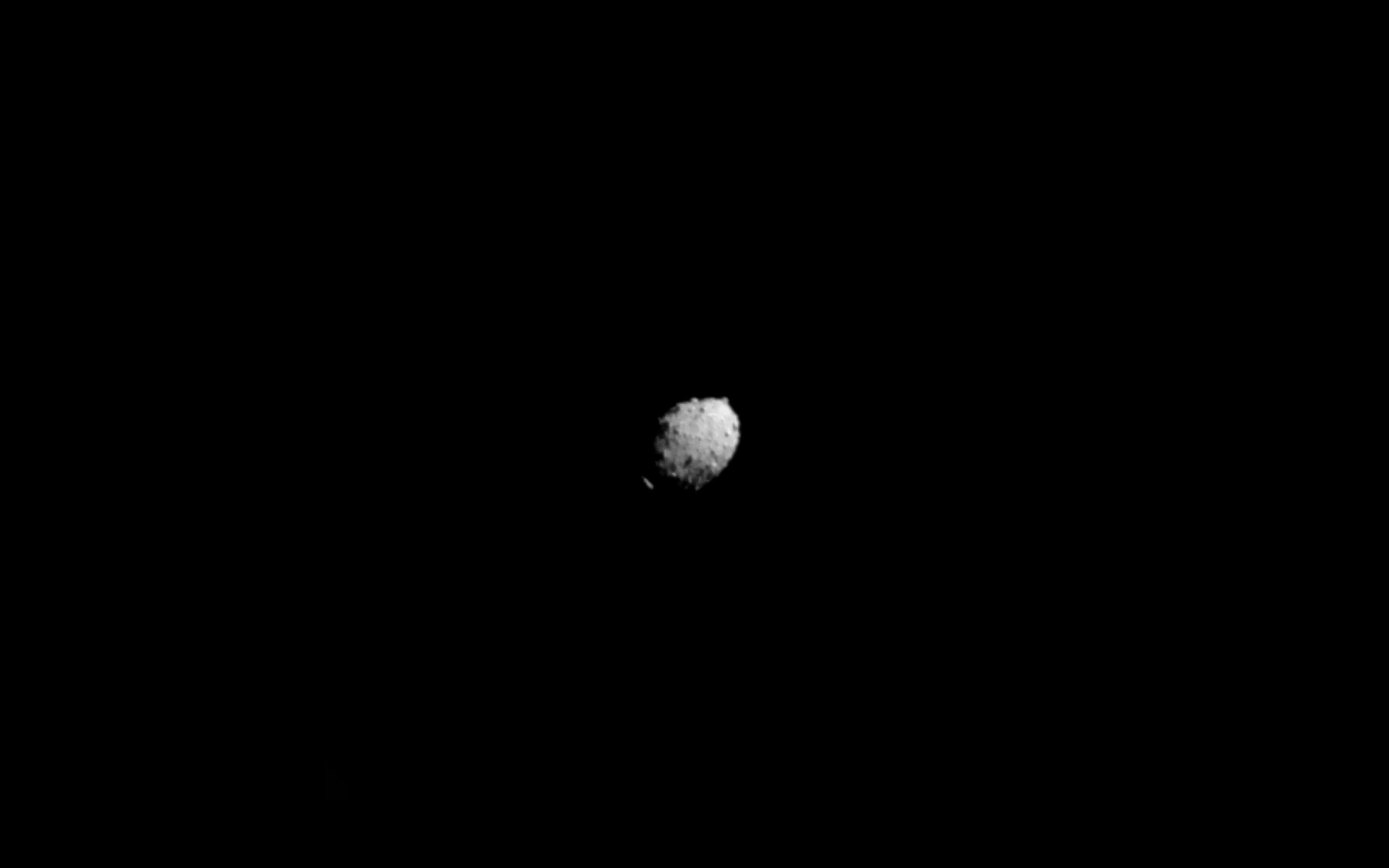
Science history: DART, humanity’s first-ever asteroid deflection mission, punches a space rock in the face — Sept. 26, 2022
By Tia Ghose published
On Sept. 26, 2022, NASA's Double Asteroid Redirection Test craft smashed into its target, the hazardous asteroid Dimorphos, and raised hopes that a space rock could be deflected from a collision course with Earth.
Get the world’s most fascinating discoveries delivered straight to your inbox.

